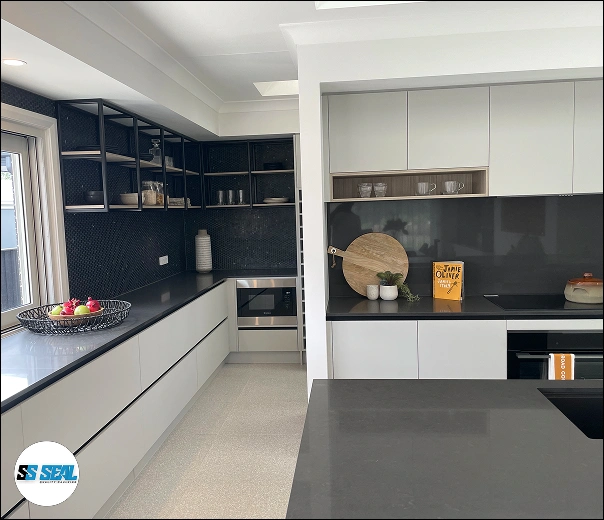Understanding and applying facade joint sealing
What is facade sealant? SS Seal Sydney Caulking offers a wide range of caulk services, including Facade joint sealing that is one of the biggest and most relevant parts of the process of building construction, letting a structure be long-lasting and durable. Sealing the joints in facades protects buildings from environmental factors such as moisture, wind, and huge temperature changes. All this adds beauty to a building and helps a lot in strengthening its structure.
Properly applied facade joint sealing avoids huge expenses for future repairs and maintenance; so it is of importance to both builders and property owners.
What is facade sealant?
The facade joint sealing process closes gaps between the different exterior elements of a building, such as concrete, metal, glass, and brick. Water, air, and dirt are prevented from entering a building. Applied sealants are elastic, allowing for appropriate accommodation of building movements due to temperature changes and settlement. In the absence of proper sealing, these joints can become weak points that result in damage and energy loss.
Importance and Benefits
Facade joint sealing is therefore very important. Sealing joints in a building’s facade offer protection from environmental elements that might cause damage to large extents if allowed to do so over some time. Key benefits include:
- Controls Ingress of Moisture: Prevents growth of mold and structural deterioration.
- Closed joints allow less air leakage, thereby saving both heating and cooling.
- Improved appearance: Glazed facades provide smooth, clean finishes that look smart.
- Greater sustainability: increased building lifespan and significantly fewer repairs.
Common Applications in Construction
What is facade sealant? Facade joint sealing finds its application in major construction works, generally at the interface between windows and doors to the remainder of the building, to prevent both water and air infiltration. In commercial buildings, it is very important between concrete panels to allow movement without loss of integrity. Sealing joints between different facade materials—brick and metal, for example—avoids leakages and ensures continuity of appearance; two quite relevant points for building performance and durability.
Types of sealants: Silicone, hybrid, and polyurethane
Many types of sealants have been used for facade joint sealing, each with its specific characteristics. On the one hand, silicone sealants are flexible and resistant to weathering; they show good adhesion to a variety of substrates. Hybrid sealants combine silicone and polyurethane advantages: high adhesion strength with durability. On the other hand, polyurethane sealants show high mechanical strength and abrasion resistance, and they can resist high dynamic stresses. They are mainly applied in commercial and industrial buildings. On every project, a decision has to be made for the correct sealant about requirements and specific conditions it will face during operation.











